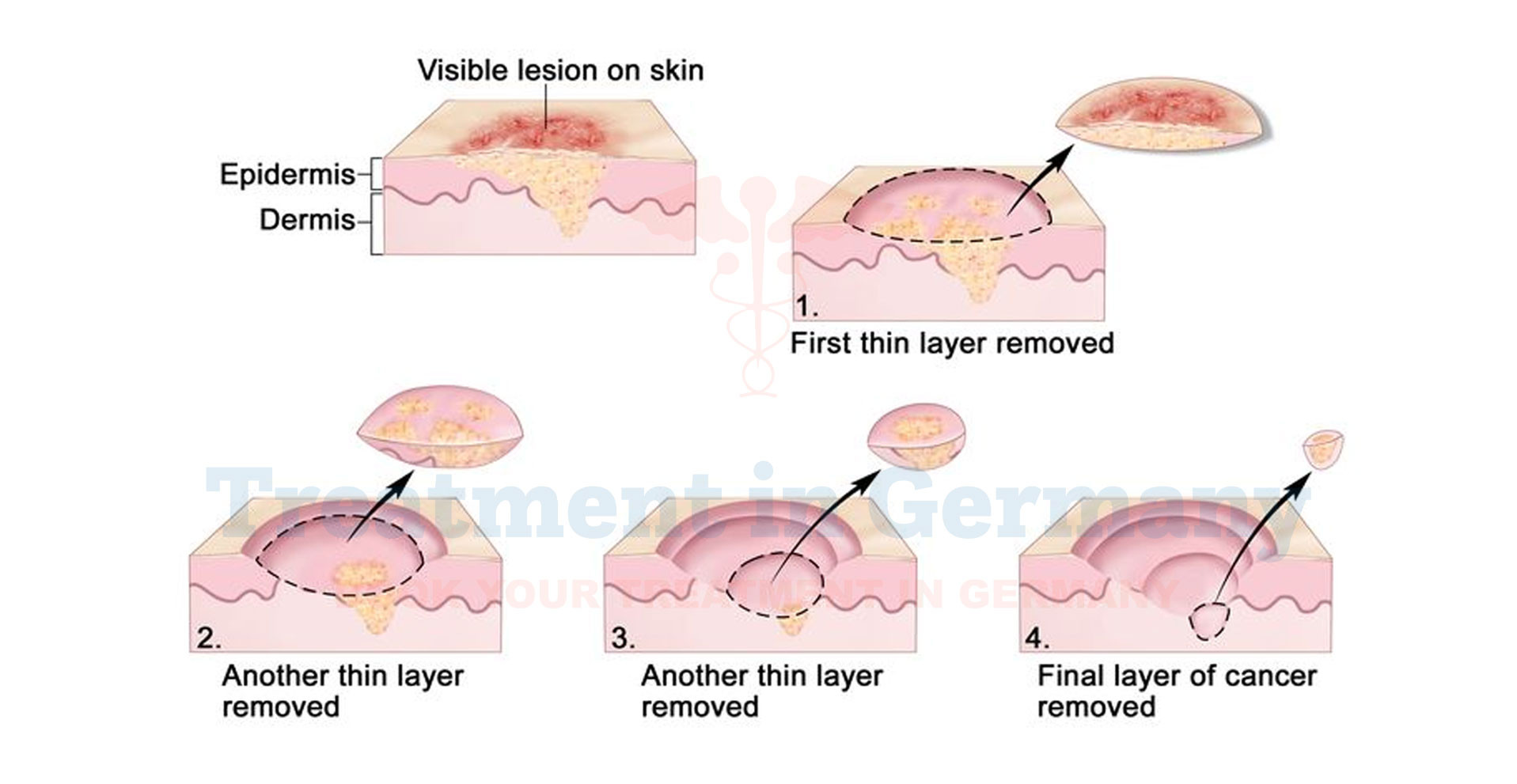Soft Tissue Sarcomas are rare cancers that arise from the tissues connecting, supporting, or surrounding other body structures, such as muscles, fat, nerves, and blood vessels. Early detection and treatment are essential, as these tumors can spread to other parts of the body if left untreated. Germany is renowned for its advanced medical care and innovative treatments for Soft Tissue Sarcomas, offering patients cutting-edge therapies and highly skilled specialists.
Soft Tissue Sarcomas account for a small percentage of all cancers but are highly diverse, with over 50 different subtypes. These cancers can develop anywhere in the body but are most commonly found in the arms, legs, chest, and abdomen. Their rarity and complexity make accurate diagnosis and specialized treatment crucial. Germany's healthcare system excels in providing state-of-the-art diagnostic tools and innovative therapies, ensuring the best possible outcomes for patients with Soft Tissue Sarcomas.
Soft Tissue Sarcomas are classified based on the type of tissue they originate from. Common types include:
Each type requires a tailored treatment approach, which Germany's medical system is well-equipped to provide.
Risk Factors for Soft Tissue Sarcomas
Several factors may increase the likelihood of developing Soft Tissue Sarcomas, including:
Symptoms of Soft Tissue Sarcomas
The symptoms of Soft Tissue Sarcomas can vary depending on the tumor's location and size. Common symptoms include:
Diagnosis and Diagnostic Tools
Accurate diagnosis is essential for effective treatment. In Germany, advanced diagnostic tools are used to identify and evaluate Soft Tissue Sarcomas:
Germany's hospitals utilize these tools to ensure precise diagnosis and personalized treatment plans.
Treatment in Germany
Germany offers a comprehensive range of treatments for Soft Tissue Sarcomas, combining advanced technology with expert care. Treatment options include:
Surgery:
Radiation Therapy:
Chemotherapy:
Hyperthermia Therapy:
Dendritic Cell Therapy:
Targeted Therapy:
Complementary Therapies:
Physical therapy, pain management, and lifestyle counseling are integrated into the treatment plan to improve overall well-being.
Why is it Preferable to Get Treatment in Germany?
Germany is a global leader in cancer treatment, offering numerous advantages for patients with Soft Tissue Sarcomas:
Conclusion
Soft Tissue Sarcomas are complex and rare cancers that require specialized care for effective management. Germany's healthcare system provides unparalleled expertise, advanced diagnostic tools, and innovative treatment options, making it a preferred destination for patients worldwide. From minimally invasive surgeries to groundbreaking therapies like dendritic cell therapy and hyperthermia, Germany ensures optimal outcomes for patients with Soft Tissue Sarcomas. Choosing treatment in Germany means benefiting from world-class care, experienced specialists, and a holistic approach to recovery, offering hope and improved quality of life for those battling this challenging condition.

.webp)
.webp)
 (1).webp)
 (1).webp)

.webp)
.webp)
 (1).webp)
 (1).webp)
